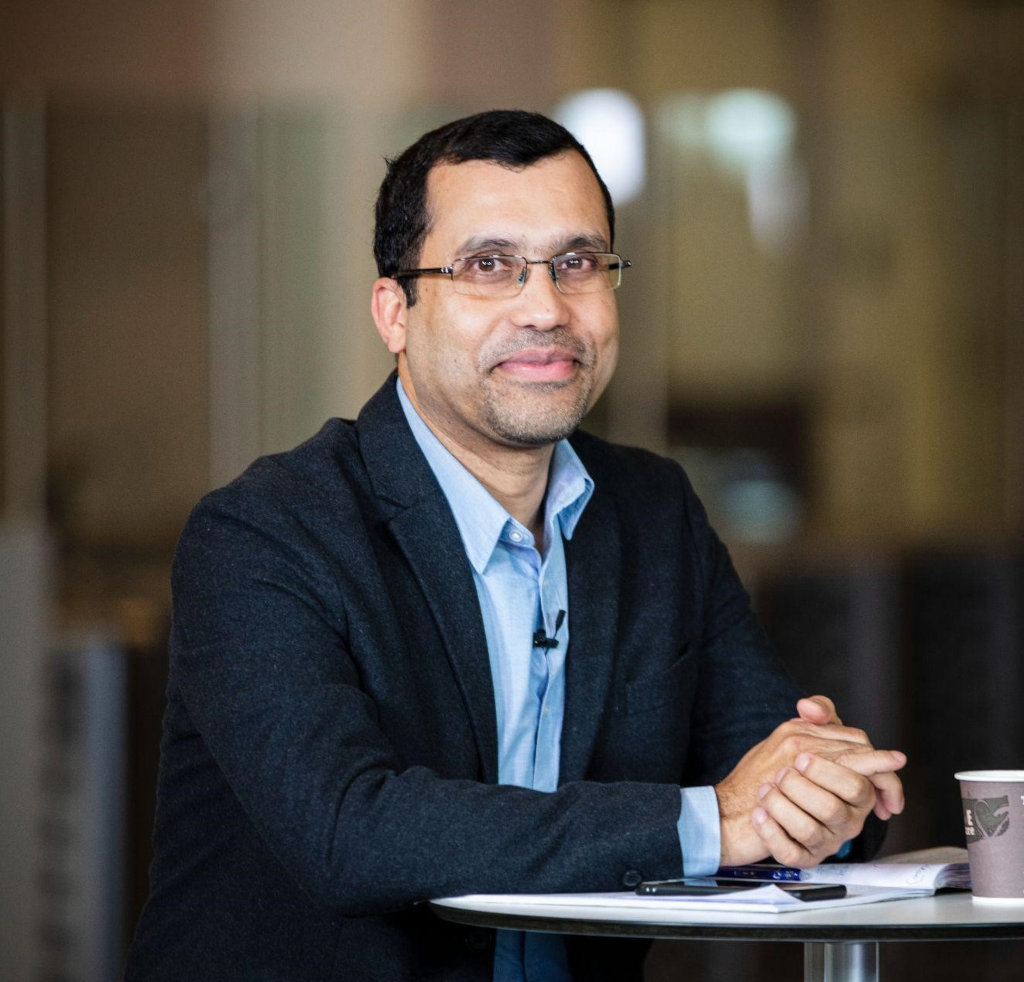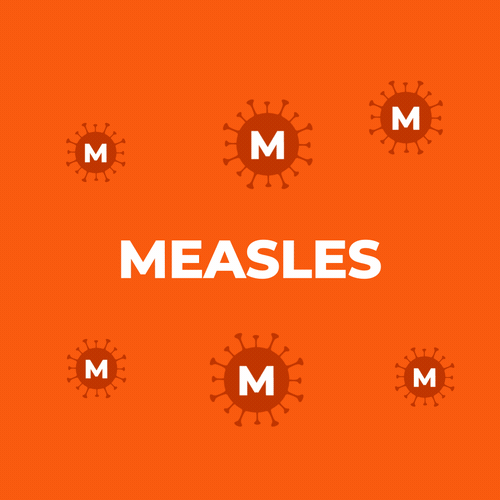It’s not easy to imagine the world 50 years ago. A time before the Internet and cheap travel, when literacy levels were lower and life expectancy was shorter.
It was also a time when very large numbers of children in Europe were infected with measles, rubella and pertussis ‒ diseases that can cause significant illness and death.
- Five decades since its introduction, the EPI has transformed public health
- In 1974, less than 10% of children in Europe had a measles vaccine
- Now, more than 90% have been vaccinated against measles
- This is a cause for celebration, but not complacency ‒ measles outbreaks are ongoing in European countries where vaccination rates are too low
- Looking to the future, the focus is on protecting people of all ages against vaccine-preventable diseases
‘Infectious diseases were so prevalent, their impact could be seen every time you left your house,’ said Dr Siddhartha Datta, Regional Advisor for Vaccine-preventable Diseases and Immunization, at the WHO Regional Office for Europe. ‘Polio was causing paralysis; it was very visible. I have vivid memories of seeing cases of pertussis and polio in children.’

However, it was also a period of action and optimism in global health. Health services and sanitation were improving, and the push to eradicate smallpox was gathering pace. It was against this backdrop that the World Health Organization (WHO) launched the Expanded Programme on Immunization (EPI) in 1974 to drive equitable access to life-saving vaccines for every child.
This landmark in the history of public health is the centrepiece of this year’s World Immunization Week. It has had an enormously positive impact on wellbeing, on health services and on economies. Notwithstanding recent outbreaks of measles in Europe, it has transformed the public health landscape in ways that people in the 1970s could only dream of.
A chance to live longer, healthier lives
The European Region has recorded enormous progress since the introduction of the Programme, Dr Datta told Vaccines Today. While several countries had vaccination programmes in the 1970s, the key feature of the EPI was to ensure access for all children, regardless of where they were born or their socioeconomic circumstances.
In 2019, 96% of children had received their measles vaccine. That dropped to 93% in 2022 ‒ which is a concern ‒ but is still a vast improvement on uptake 50 years ago. ‘In the European region, more than 90% of children did not receive a dose of measles vaccine in 1974,’ Dr Datta said. ‘Now it has completely reversed: the vast majority are vaccinated.
As a result cases have fallen drastically and immunisation has become embedded in primary care infrastructure. ‘Just over half of countries in the European region were giving measles vaccines at that time; by 1988, every country was offering it to their populations,’ he said. ‘There are outbreaks happening right now, but it’s not like what we saw in the early 1980s. We’ve come a long way.’

There has been a huge jump in life expectancy over the past half century, with most people in Europe living into their seventies and many enjoying healthy active lives into their ninth and tenth decades. ‘Globally, life expectancy has increased by around 15 years. That means people can live the lives they wish to live for longer,’ Dr Datta said. ‘It also means we have a responsibility to consider how to protect people at all stages of their lives.’
The life-course approach to vaccination is at the heart of the WHO’s Immunization Agenda 2030. Investing in vaccinating older people gives a four-fold return, keeping people healthier for longer, and allowing them to contribute in the workplace, in their communities and in their families. The WHO European region is developing technical guidance to support countries in unlocking the full potential of vaccines for children, adolescents and adults.
The dangers of complacency
The dramatic and incontestable achievements of the EPI are well worth celebrating on its 50th anniversary. At the same time, highly infectious diseases can swiftly return if this progress is taken for granted. The recent outbreaks of measles in Romania and elsewhere illustrate this point all too clearly.
‘We have achieved a great deal by delivering better health services and supporting equitable vaccination,’ Dr Datta said. ‘But if we stop doing it ‒ if we stop vaccinating ‒ prepare for more cases of diphtheria, pertussis and measles. The work is not over, we must continue to support vaccination.’
In fact, if modern Europe had vaccination rates at levels seen in 1974, the scale of the outbreaks could be even larger than those seen in the 1970s and 1980s. Populations are much more mobile, more concentrated in large cities and, on average, significantly older.
‘Europe is at a crossroads. We have achieved quite a lot and we are moving towards introducing newer vaccines, while still grappling with the diseases of the past,’ he says. ‘There is fatigue in the system after COVID and some decline in vaccine uptake. It’s a very dangerous cocktail that could allow infectious diseases to get a foothold, and remind us of a world where these viruses were rampant.’

A lasting legacy
However, there are still many reasons for optimism. The EPI galvanised the international health community to work together on preventative programmes. Along with the WHO and UNICEF, philanthropic organisations such as Gavi, the Bill & Melinda Gates Foundation, and the Measles & Rubella Initiative have developed partnerships focused on improving global vaccine equity.
Not only have immunisation programmes delivered direct benefits for those who were vaccinated, they have been part of a wider expansion of healthcare services globally. This infrastructure is a feature of system resilience upon which populations rely in times of crisis as well as for routine care.
‘Primary healthcare services today have vastly improved compared to 1974 and we see immunisation as a central part of this,’ Dr Datta said. ‘In fact, immunisation can be a thermometer that tells us where the primary healthcare system is not adequate: if we see outbreaks, it can be a sign that health system improvements are needed.’
The case for investing in primary care, and for immunisation in particular, is strong. While this message has been absorbed by policymakers across Europe and around the world when it comes to maternal and childhood health services, the future will require greater focus on preventative services for people at all ages.
‘By investing more in immunisation programmes across the life course, countries will be able to do so much more in healthcare,’ he said. ‘This is not a hypothetical thing: it’s a reality now. Immunisation keeps people out of hospital, including older people, and we are already protecting adolescents against HPV so that no girl will need to suffer from cervical cancer.’
Which vaccines are included in the Expanded Programme on Immunization?
In the beginning, the EPI featured vaccines against six diseases: measles, diphtheria, pertussis, polio, tetanus and TB. This has since expanded to 13, with the addition of rubella, pneumococcal disease, haemophilus influenza type B (HiB), HPV, Hepatitis B, rotavirus and COVID-19 (for adults.) In particular settings, vaccines against yellow fever, meningitis, Japanese encephalitis and cholera are recommended.




